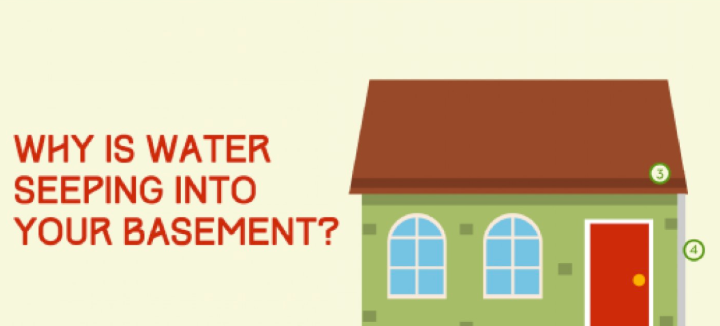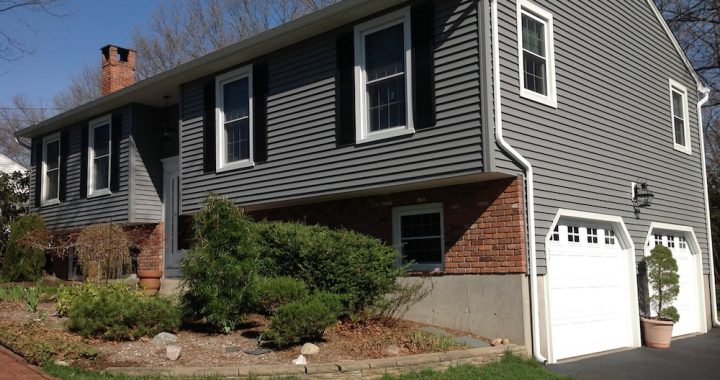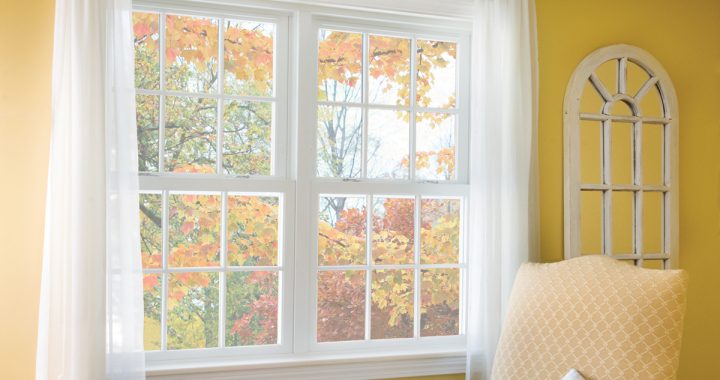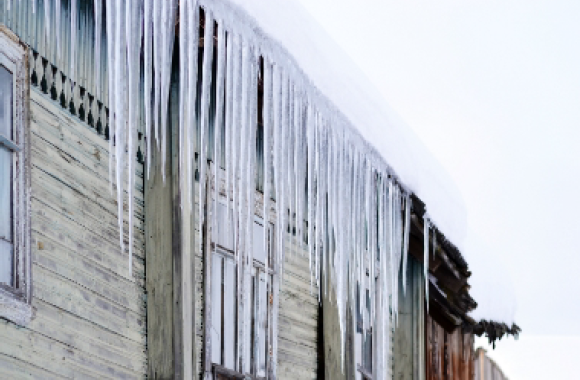Basement Flooding
Preventing and Repairing
With the storm Ida, many Connecticut homes and businesses were damaged by severe flooding and most had basement flooding. A storm of the magnitude that Ida had could cause flooding to a home that doesn’t normally have flooding issues. In addition to the cleanup, it is a good idea to identify any problems that could have led to the water damage, and to check to see if you have any structural damage.
JC Tonnotti repairs homes, windows, and doors for homes throughout Connecticut. We’ve found that both new and old homes can suffer from flooding in basements. When we are on-site to replace doors or windows, we often find water or moisture issues in basements created by problems with the sealing around cellar doors or windows. Cellar doors with outside access are a common entry point for basement flooding.
Damp or flooded basements often lead to mold, mildew, and ruined flooring and wall materials – not to mention the damage or loss of appliances and personal property. Even worse, a wet basement can become a structural liability if the issue is not resolved. Below we have included an infographic, which attempts to show the number of ways that water gets into your basement and causes damage. As well as the ways to fix the problem and to try to prevent it from happening again.
Infographic
In summary: common causes include lot layout, poor sealing (of windows, doors, and walls), faulty roof system, clogged downspouts, and sump pump failures. The flooding can cause mold, mildew, and structural damage. The solutions can be to grade the lot away from the house, replaces cellar doors and basement windows, patch/waterproof the walls, and to clean or replace the roof drains and downspouts. You can also install a sump pump, a waterproofing system, and you might need to repair structural damage.
Short Term / Immediate Basement Flooding Solutions
Mold and mildew will set in fast. Here are some basic steps to take. NOTE: beware of electrical shorts.
- Clear the basement. It is imperative that you remove all water logged items from the basement and try to begin drying it out.
- Remove the water. Wet-dry vacuums are a great to remove the water. Or in the case of a tremendous storm like Ida, buckets.
- Dry it out. Dehumidifiers and fans will help dry out the basement.
- Identify the entry points. At this point you might need a professional to help identify the entry points and the cause of the flood i.e. the grading, windows/doors, roofing drain systems…
An unfinished basement or a basement that is dark, damp, and dingy is a waste of valuable space in your home. And mold can creep up from your basement into the rest of your house. With the help of J.C. Tonnotti, you can turn your basement into a warm and comfortable space that can be used for a wide variety of purposes.




